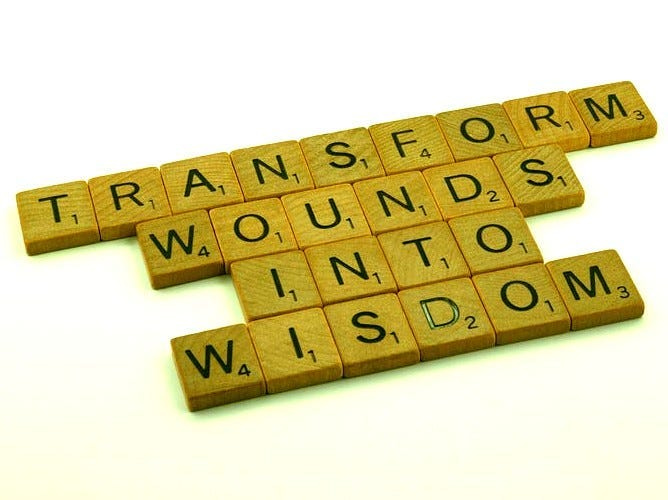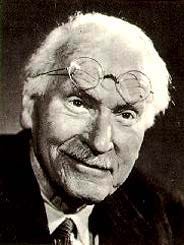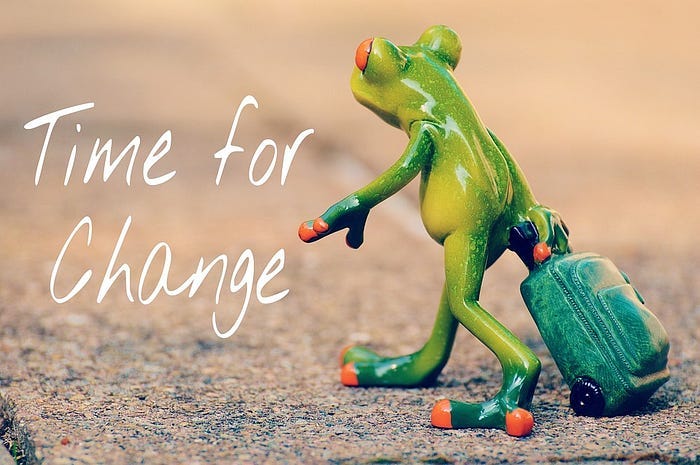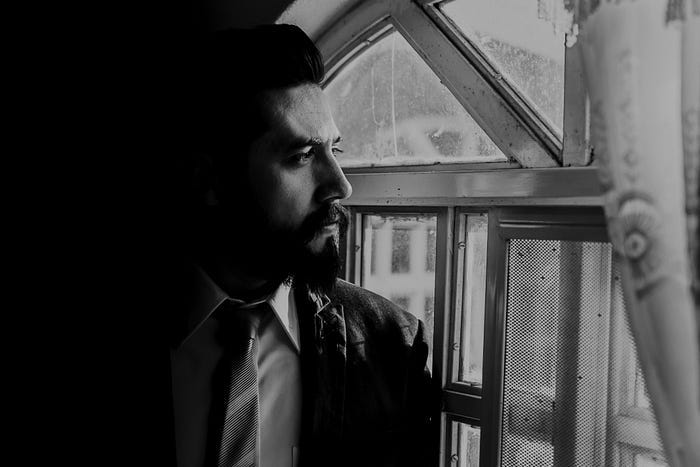Your Shadow Self And Who You Are
Many are governed by the unconscious parts of themselves, that they either don't recognize or deny. But when you've confronted the shadow side, it's not easy to deny it or pretend. It sets you free.

Confronting darkness unlocks us
When Carl Jung explored the Shadow Self, he sought to unravel human nature's mysteries and unconscious elements. We are often unaware of how much we repress parts of ourselves, that block personal growth and healing. It’s often in our darkest times that we realize this.
Personal Transformation and the Shadow Self
I’ve experienced this myself - how I was thrown into darkness, the way it affected me, and how I reacted. Later on, it brought out a different side of my personality, one where I was able to confront the darkness of life, despite the pain, while still maintaining my own light.
Self Awareness and Change
Being aware of who we are is vital for psychological well-being and consistency. To understand your shadow self is to break free from societal constraints, and destructive patterns. Despite the initial difficulty and incongruity, improving your emotional health and living authentically is worth it.
Hidden Sides of Ourselves
As we explore the hidden parts of ourselves—the sides we don’t like, we start an ever-ending (sometimes painful) path to self-discovery and awareness. In my personal experience, I truly believe it is possible to break free of destructive patterns and relationships and to live more authentically. For those who feel ready to confront and embark on this journey, I congratulate you. It can catalyze transformation and meaningful change in your life.
Understanding the Shadow Self
Both Carl Jung (1875–1961)and Sigmund Freud (1856–1939) were Psychoanalysts who treated their patients for unconscious conflicts, phobias, neurosis, and other psychological disorders. Freud focussed on the ID, Ego, and Superego and Jung delved into the Shadow Self (Dark Side) to reveal the deep neurosis that their patients hide from others.
Deep inside each individual exists two integral aspects — the desired version of ourselves and an aspect that contradicts this ideal. Unless we confront our Shadow Self, we cannot become a Catalyst for Change and Personal Growth.
“He who looks outside, dreams; who looks inside, awakes.” — Carl Jung
How do we bring meaningful transformation into our lives?
How do we confront our unlikeable and undesirable sides to bring about change and transformation? This side is called the “Shadow Self”.
Chronic illness can be psychosomatic, resulting from emotional trauma. By acknowledging the root causes we can improve our health and transform our lives. The mind-body dichotomy is the connection between our mind and body. A healthy self is in harmony with both.
Society demands conformity above authenticity. Being oneself is a risky business, as we become vulnerable, but without acknowledging our vulnerabilities and emotions. This makes self-healing and developing our unique qualities difficult to achieve.
We should choose to be ourselves above the fear of judgment or rejection. This leads to a more fulfilling life and a sense of purpose. As we are authentic, we attract the right people and situations.

Carl Jung and the Shadow: The Hidden Power of Our Dark Side

The dark/shadow side refers to that part of ourselves that we might not fully accept, like, understand, or acknowledge. It is that side that we hide from ourselves and others. We often project this onto others.
Carl Jung, a Swiss Psychoanalyst worked with patients who had neurosis and other psychological conditions. In his book “Aion” (part of his collected works), Jung documented his experiences with the Shadow Self as observed in the patients he treated.
The shadow self is characterized by emotions and primal instincts (such as aggression, jealousy, shame, fear, impulses, etc). Typically it remains hidden from view due to our awareness. Individuals with disorders disown their shadow selves as a coping mechanism.
Is who we believe we are, really who we are?
What if who you believe you are is wrong? How do we deal with this “incongruity?” — (Self quoted)
“To become conscious of the shadow self involves recognizing the dark aspects of the personality as present and real.” — Carl Jung

The Shadow
“The unconscious part of our character or personality that does not align with the ideal version of what we’re aiming for; this is the version of us Jung called the ego ideal.” — Carl Jung
The contrast between our self and the darker aspects of our personality (ego ideal and the shadow), leads us to reject and resist those traits within ourselves. Subconsciously we project these “disliked” parts onto others, which can be observed when we find certain people disagreeable. The specific qualities we dislike in others reflect what we dislike about ourselves.
Understanding our shadow side is essential for understanding ourselves and others — the good, the bad, and even the ugly. Our shadow self, although usually associated with negativity and destructiveness, can sometimes give us some advantages, as outlined below.
Example of the Shadow at Work
For example, if you believe that being assertive portrays you in a negative light, as an individual you may have allowed others to disregard your boundaries while remaining silent to avoid conflict. However within your “shadow” lies a part of you that resists when others try to push you around.
In situations that call for setting boundaries, it is possible to tap into this aspect of your shadow and learn how to utilize it to your benefit and advantage. This gives you the power to refuse and stick to your position.
Our shadows can also enable us to express our emotions, especially if we grew up believing that showing feelings is a sign of weakness. By acknowledging our shadows and those in others, we develop empathy toward their experiences.
It is important to understand the core of your darkness, as embracing it frees you from its grasp and uncovers hidden potential for growth and change.
Shadow Work — Exploring and Embracing Our Shadow Self
Carl Jung described the shadow self as “The thing a person has no wish to be.” According to Jung, the shadow self refers to “aspects of ourselves that we prefer not to acknowledge.” An effective way to understand our shadow is by observing others and recognizing the qualities that we find least appealing.
Those less undesirable traits we dislike in others are often the ones we suppress and disown in ourselves. This psychological phenomenon results in Projection, which distorts our perception of those around us. Although uncomfortable, understanding our shadow is crucial for personal growth.
Discover how your Shadow Self opens a window to understanding others on a deeper level
Recognizing our shadows and seeing aspects of ourselves in others, we learn to cultivate empathy towards them. In turn, this facilitates growth and acts as a catalyst for transformation and change.

Nietzsche and Confronting the Shadow Self
“If you gaze long enough into the Abyss, the Abyss will gaze back at you”. — Friedrich Nietzsche (Beyond Good and Evil, 1886)

The above quote from Nietzsche (1844 to 1900) refers to “The Abyss” and the depths of our inner souls (where fears, uncertainties, and insecurities lie). It is through confrontation of these challenges that the catalyst within us emerges.
Becoming a Catalyst for Change involves navigating through the Abyss and the Shadow Self to engage in self-discovery and change. This involves recognizing and accepting our inner demons, vulnerabilities, and weaknesses and being a catalyst for change — coming out the other side.

“A man who is possessed by his shadow is always standing in his own light and falling into his own traps…living below his own level.” — Carl Jung
Wherever the shadow self manifests it often brings destruction. However, it’s worth noting that there are some exceptions where the shadow maintains its integrity and cannot be easily taken advantage of or manipulated.
However, many struggles we face often lead to self-destructive behaviors influenced by the presence of our shadows. In his “Dr. Jekyll and Mr. Hyde” writing, Robert Louis Stevenson portrays the shadow self as one that is in total contrast to the self shown to others.
Transformation and Change are long-term, not just a one-off event
Understanding that transformation and change are ongoing processes throughout your life is essential. It is a life-long process that often involves therapy and great insight into accepting and overcoming the shadow parts of ourselves. It is not without its difficulties but the rewards are worth this enormous effort to live our best fulfilling life.
Research References:
Embracing The Shadow — Carl Jung
The Jungian Shadow and Self-Acceptance
Carl Jung and the Shadow: The Hidden Power of Our Dark Side
Everything you need to know — Carl Jung and the Shadow
Transforming Wounds into Wisdom: A Journey Towards Healing
The hidden Self: Can Shadow Work Journal help you face your dark side?
Thanks for your support!
✨☕ I am also on Ko-Fi here. Coffee tastes good!. ✨☕




